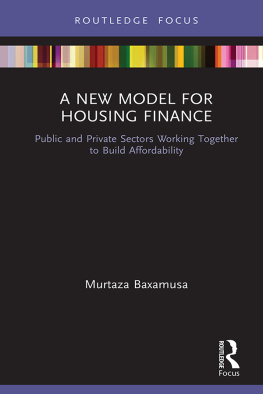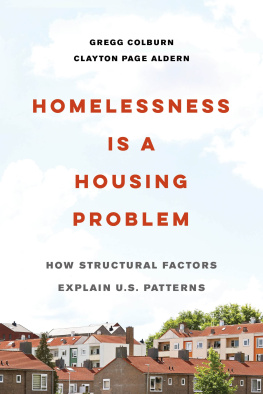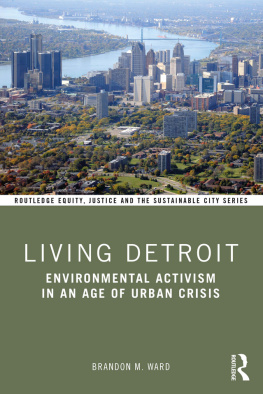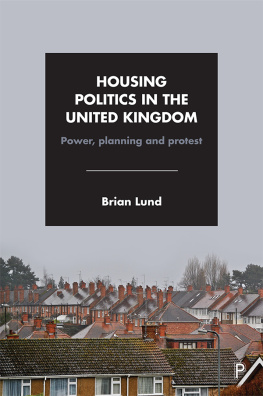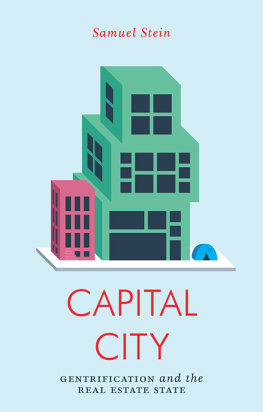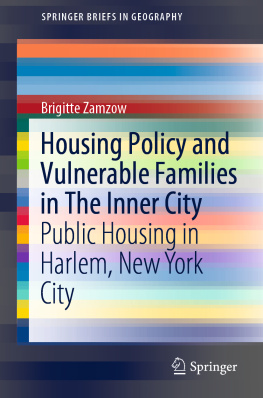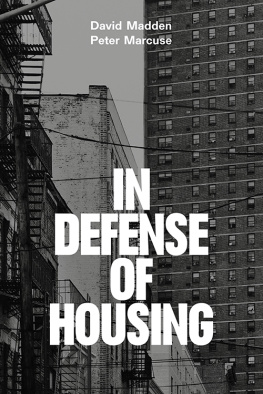Emerald City: How Capital Transformed New York
First published by Zero Books, 2020
Zero Books is an imprint of John Hunt Publishing Ltd., No. 3 East St., Alresford, Hampshire SO24 9EE, UK
www.johnhuntpublishing.com
www.zero-books.net
For distributor details and how to order please visit the Ordering section on our website.
Joseph Grosso 2019
ISBN: 978 1 78904 536 9
978 1 78904 537 6 (ebook)
Library of Congress Control Number: 2019954016
All rights reserved. Except for brief quotations in critical articles or reviews, no part of this book may be reproduced in any manner without prior written permission from the publishers.
The rights of Joseph Grosso as author have been asserted in accordance with the Copyright, Designs and Patents Act 1988.
A CIP catalogue record for this book is available from the British Library.
Design: Stuart Davies
UK: Printed and bound by CPI Group (UK) Ltd, Croydon, CR0 4YY
US: Printed and bound by Thomson-Shore, 7300 West Joy Road, Dexter, MI 48130
We operate a distinctive and ethical publishing philosophy in all areas of our business, from our global network of authors to production and worldwide distribution.
Contents
Guide
For Louis Lister
Back in 1675 when Isaac Newton famously wrote in his letter to fellow scientist Robert Hooke, If I have seen further, it is by standing upon the shoulders of giants, he perhaps didnt realize how much that sentiment also applies to writers. Anyone reading and writing about New York City has had the honor of standing upon the shoulders of many giants and luminous New Yorkers including Wayne Barrett, Robert Fitch, Juan Gonzalez, and Jack Newfield among many others. Their influence and inspiration on this work is obvious. This small book is an attempt to further their causes. And no book, great or small, could be completed without the support, not to mention tolerance, of family and friends, especially my wife Jingmin, and our two wonderful children, Heather and Christopher.
From its inception New York has been a city of contradiction. In its early Dutch days as New Amsterdam it was a beacon of cultural tolerance when compared to surrounding New England, symbolized by the Flushing Remonstrance of 1657 (Flushing then known as Vlissengen) that challenged director-general Peter Stuyvescents suppression of Quaker settlers, yet its Dutch history featured two bloody conflicts and fairly consistent shady dealings with the indigenous population. In the mid-eighteenth century, New York was one of the first cities to grant voting rights to African-Americans who met property owning qualifications when just a few years before rumors of a widespread slave uprising (slaves made up about 20 percent of the citys population) sparked a witch hunt and series of executions, of both black and white persons, that compare with the more infamous episodes in Salem. New York was the first capital of the independent US despite the fact that it was the first city occupied by the British during the War of Independence (New Yorkers celebrated Evacuation Day for many years afterward). Nineteenth-century New York was a city of Irish and German immigrants while also being the city of the Know-Nothings. Far from being a liberal center of abolitionism, the civil war era featured a mostly slavery accommodating bourgeoisie up to the start of the war and later the very anti-black draft riots, then the largest urban insurrection in American history.
This continues to the current day. For decades now New York has been billed a city of renaissance and prosperity, its present constantly compared to darker days of the late 1970s and other periods. Yet New Yorks poverty rate (and near poverty rate) during the 1970s equaled the national rate (in the 1960s, New Yorks rate was two-thirds the national rate); it now dwarfs the national rate by more than 40 percent. As of 2016 New Yorks poverty was 19.5 percent. The poverty rate, along with the near poverty rate, officially up to $47,634 a year for a family of four, encompasses almost half the city. Large stretches of the city are more and more becoming a playground for millionaires and tourists, the waterfronts colonized by luxury condominiums. High-end buildings designed by star architects dot the landscape and celebrity chefs open restaurant after restaurant. New York is celebrated as one of the worlds centers of diversity, and the city government celebrates New Yorks role as a sanctuary city, meanwhile the city has one of the most segregated school systems in the country. The Rust Belt has drawn the lions share of media focus regarding the opioids epidemic, parts of New York have been hit as badly as anywhere if the Bronx were a state (its half-million population makes it roughly equal to Wyoming) its rate of overdose deaths, 34 per 100,000 people, would be second only to West Virginia. The Bronx has long been the poorest urban county in the United States. New York has some of the highest priced housing in the world, and a homeless population of over 60,000.
The process by which New York became safer and more glamorous while becoming poorer and less equal speaks to economic, political, and cultural dynamics that go back decades. For urban areas these dynamics can perhaps be broadly described as deindustrialization and gentrification. Obviously these dynamics are highly symbiotic and apply to cities far beyond New York; in fact they can probably be applied to some extent to every American city. As federal money has been withdrawn, cities are pitted against each other in a global economy. Cities that are said to have transitioned from an industrial-based economy (Pittsburgh, Seattle, San Francisco) are considered superstar cities whereas others are considered failures (Detroit, Baltimore, St. Louis). Urbanist Richard Florida describes the process as winner-take-all urbanism where cities fiercely compete for businesses. In 2018 this was seen in its most grotesque form with dozens of cities competing through very lucrative subsidy offers to win the honor of hosting Amazons second headquarters, only to see Amazon in the end dividing its promised 50,000 jobs among two metro areas already considered superstars, including New York where Amazon originally planned to build a headquarters in rapidly gentrifying Long Island City, Queens. The plan included $3 billion worth of subsidies for Amazon. One of New Yorks booming waterfronts, no other neighborhood in the country in recent years has added as many new apartments as Long Island City. According to a study by RENTCafe, since 2010 Long Island City has added nearly twice as many apartments as Downtown Los Angeles, the neighborhood that was second on the list. The average income along the waterfront is $138,000. Fortunately, local opposition forced Amazon to back out of the deal.
Or cities compete in attracting what Florida calls the creative class through universities and infrastructure initiatives, and/or tourism. Prominent industries, such as technology and finance, despite their obvious global reach, tend to be highly concentrated in selected cities. The cities that win the game become playgrounds for tourists, urban professionals, and the global elites lives of consumption, with immigrants and the working class providing the labor in the service economy. Those cities that fail sink further in economic stagnation, population decline, and poverty. According to the Brookings Institute, between 2010 and 2017 nearly half of the countrys total employment growth occurred in 20 large metro areas, while the Economic Innovation Group reveals that from 2010 to 2014 five metro areas.


